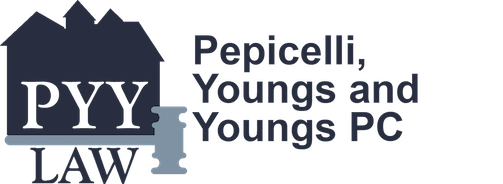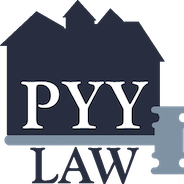Real Estate Settlement Procedures: New Protections (and Headaches) for Homebuyers

In the four years prior to 2008, banks began giving mortgage loans to higher-risk borrowers, sometimes without considering whether the borrower could repay the loan at all. Some banks used unfair loan repayment terms, variable interest rates, balloon payments, inflated appraisals, deceptive offers, or outright lies about the loan terms. Some banks led consumers who could not afford a conventional mortgage to believe it was safe to take a mortgage with no down payment. At the same time, those mortgages promised low payments for a few years because the borrower could refinance later. When housing prices fell, those same could not refinance because banks refused to give new mortgage loans for the full value of the property. The borrowers could not afford the increased payments, sometimes including payment in full of the mortgage, to their original bank. The bank would then foreclose on the borrower’s home. But the banks still could not get their money back when they sold the home because prices were lower.
One problem with the 2008 mortgage crisis is that the predatory banks knew of this risk to the borrowers and their own bottom lines, but they did not disclose that risk to borrowers or investors. Most borrowers and investors are not as financially savvy as large corporate mortgage lenders. In addition, the banks had the Federal Government to protect them. While most states have laws prohibiting predatory lending practices, the Administration invalidated those laws in 2003 based on an 1863 law that gave the Comptroller of the Currency the power to regulate national banking. The U.S. Supreme Court upheld that new regulation in 2007.
With the state laws crippled and without action from Congress, banks could not be held accountable for their predatory actions. The Dodd-Frank Wall Street Reform and Consumer Protection Act was passed by Congress in 2010 to prevent the same kinds of problems. The goal was to prevent widespread mortgage lending problems before they started. The law did this by creating a new Federal agency to protect borrowers, creating new procedural rules for banks to follow, and creating penalties for banks that do not follow the law.
The new law requires many changes for the home mortgage loan industry and allows borrowers to sue if banks engaged in predatory lending. Some of the safeguards include:
- Loan Estimates within Three Business Days: Banks must provide borrowers with estimates of the loan closing costs within three days of receiving a loan application.
- Three Business Day Review Period for all closing disclosures: The closing disclosure is similar to the old HUD-1 Settlement Statement, but contains additional information on the loan and costs.
- Prompt Delivery of Appraisal: The appraisal must be given to the borrower upon completion, but no later than three days prior to closing.
- Banks Must Determine Borrower’s Ability to Repay the Loan: If the borrower is not able to repay the loan and the bank still gives the loan, the borrower may be able to sue the bank or prevent a foreclosure.
- Banks that Give Qualified Mortgages are Protected: Qualified mortgages contain reasonable terms for repayment. If the bank uses a Qualified Mortgage, then it is more difficult for borrowers to sue the bank because the law presumes the bank complied with the law. This creates an incentive for banks to give reasonable mortgages.
- Loss Mitigation Contact Prior to Foreclosure: Banks must engage in “loss mitigation” early and often. This means, if a borrower does not make a payment, the bank must make a good faith effort to speak to the borrower to see if there is a possible resolution. The bank must also send written notice and assign a person to work with the borrower. Banks cannot begin foreclosures until the borrower is 120 days delinquent. Borrowers can also delay foreclosure by filing a loss mitigation application asking the bank for options.
- Seller Financing Restrictions: Home sellers who are not in the real estate business and are not contractors or builders can sell their home and take mortgage payments over time. Others MUST be licensed loan originators with the government to prevent abuse.
- Banks that engage in Predatory Lending are subject to lawsuits and HUGE penalties and fines.
The new law creates numerous new protections for homeowners and homebuyers, but it also creates some headaches. The restrictions on who must be licensed loan originators means a parent cannot lend money to a child to buy a house and take a mortgage on that house to protect their money. It also means a child cannot pay for a parent’s nursing home care and take a mortgage on the parent’s property to ensure repayment later. The three day closing disclosure can cause problems with timing because expiration of a rate lock is not an extenuating circumstance. The borrower’s interest rate may increase if the bank fails to issue the closing disclosure in time.
The new practices and procedures described above are very general. The new laws are extremely complex. Despite the new laws, variable rate loans and balloon payments are still being offered by some banks. Such loans are still risky to borrowers as interest rates climb. Make sure your rights are protected. You should have a knowledgeable attorney to deal with the bank, realtors, and seller. If you are looking to buy or sell a house, contact Pepicelli, Youngs and Youngs PC.


